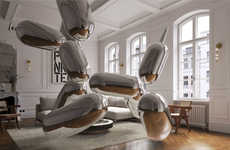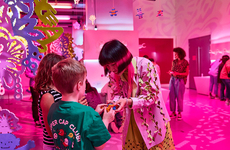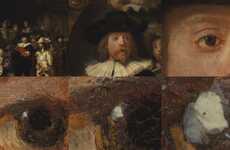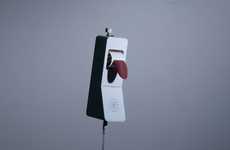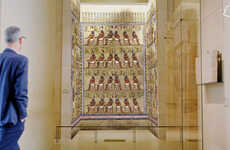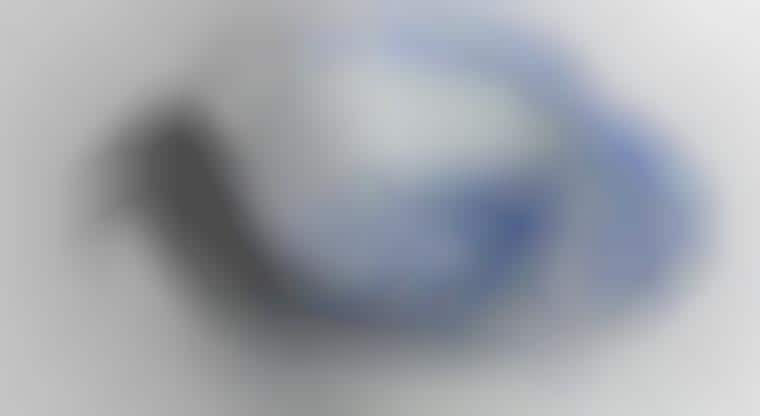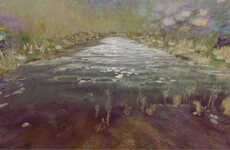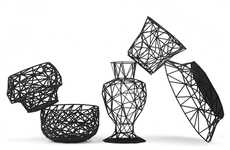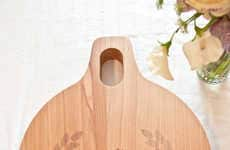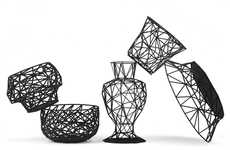
These Reproduced Artifacts Allow People to Touch Historical Pieces
Alyson Wyers — August 25, 2014 — Tech
References: smartreplicas.blogspot & springwise
Thanks to technologies like 3D printing and augmented reality, museums can be more interactive by allowing visitors to touch art replicas. The Smart Replicas project aims to recreate priceless pieces of art and history, enabling people to touch and feel items.
Typically touching artifacts in a museum is considered a grievous crime because you could damage the exhibit. The art replicas offers a way around this, but showcasing extremely realistic fakes. This is ideal for tactile learners who value an engaging museum experience. History and art buffs, however, might still prefer to see the real thing.
Project creator Maaike Roozenburg maintains that the no-touch rule "strips the objects of their main purpose and function -- their original use -- and isolates them from our daily lives."
Typically touching artifacts in a museum is considered a grievous crime because you could damage the exhibit. The art replicas offers a way around this, but showcasing extremely realistic fakes. This is ideal for tactile learners who value an engaging museum experience. History and art buffs, however, might still prefer to see the real thing.
Project creator Maaike Roozenburg maintains that the no-touch rule "strips the objects of their main purpose and function -- their original use -- and isolates them from our daily lives."
Trend Themes
1. 3D Printing in Museums - 3D printing technology disrupts the museum experience by allowing visitors to touch art replicas.
2. Augmented Reality Artifacts - Augmented reality allows museums to recreate historical pieces as interactive, touchable exhibits.
3. Realistic Replica Production - Creating realistic replicas of priceless art and historical artifacts provides a unique and safe museum experience for touch-based learners.
Industry Implications
1. Museum and Cultural Institution - Museums and cultural institutions can leverage 3D printing and augmented reality to offer more engaging visitor experiences.
2. Education and Learning - Educators can explore using realistic replicas to create more tactile and interactive learning experiences.
3. Art and Artifact Reproduction - Reproductions of art and historical artifacts create new business opportunities for companies specializing in 3D printing and replica production.
3.8
Score
Popularity
Activity
Freshness

